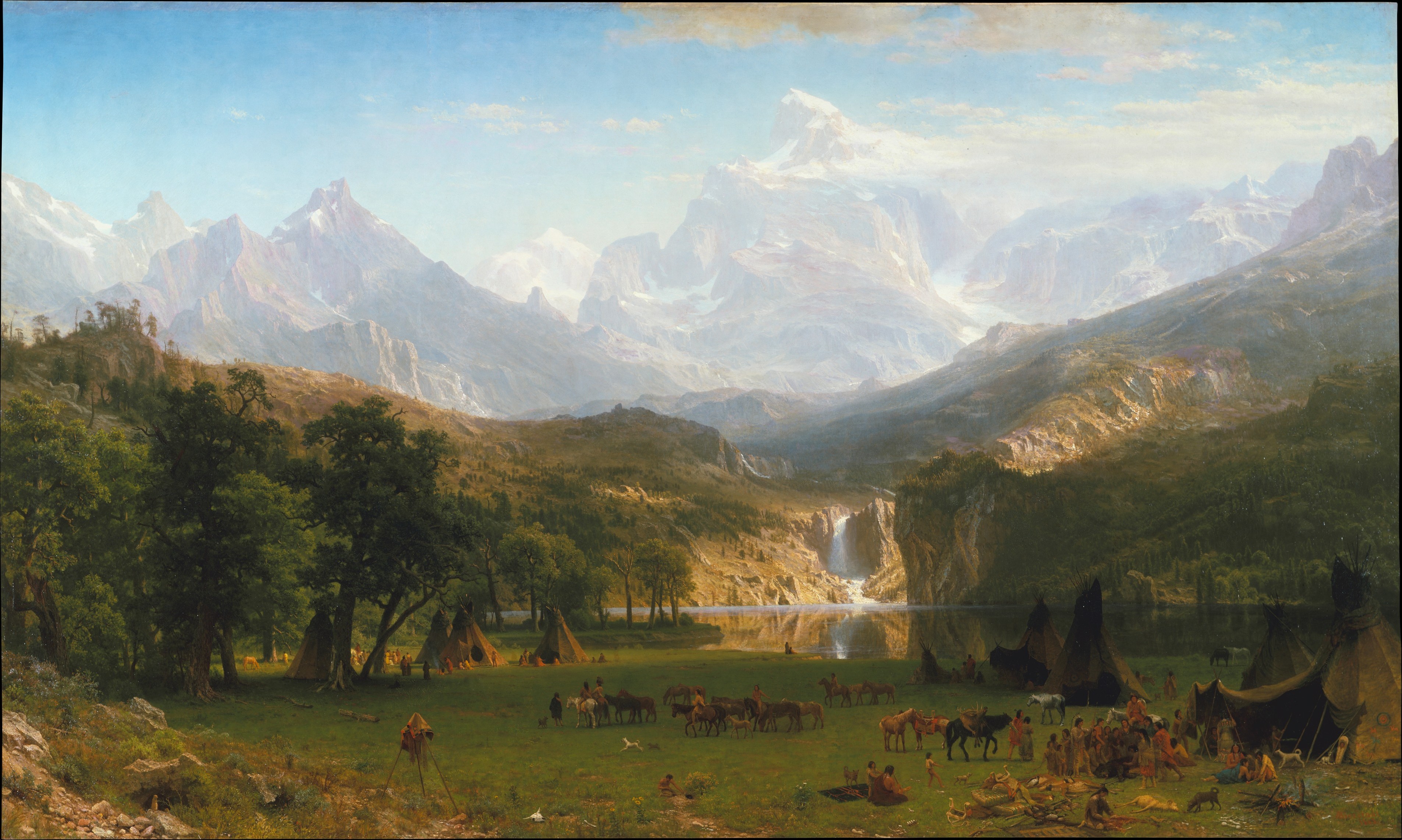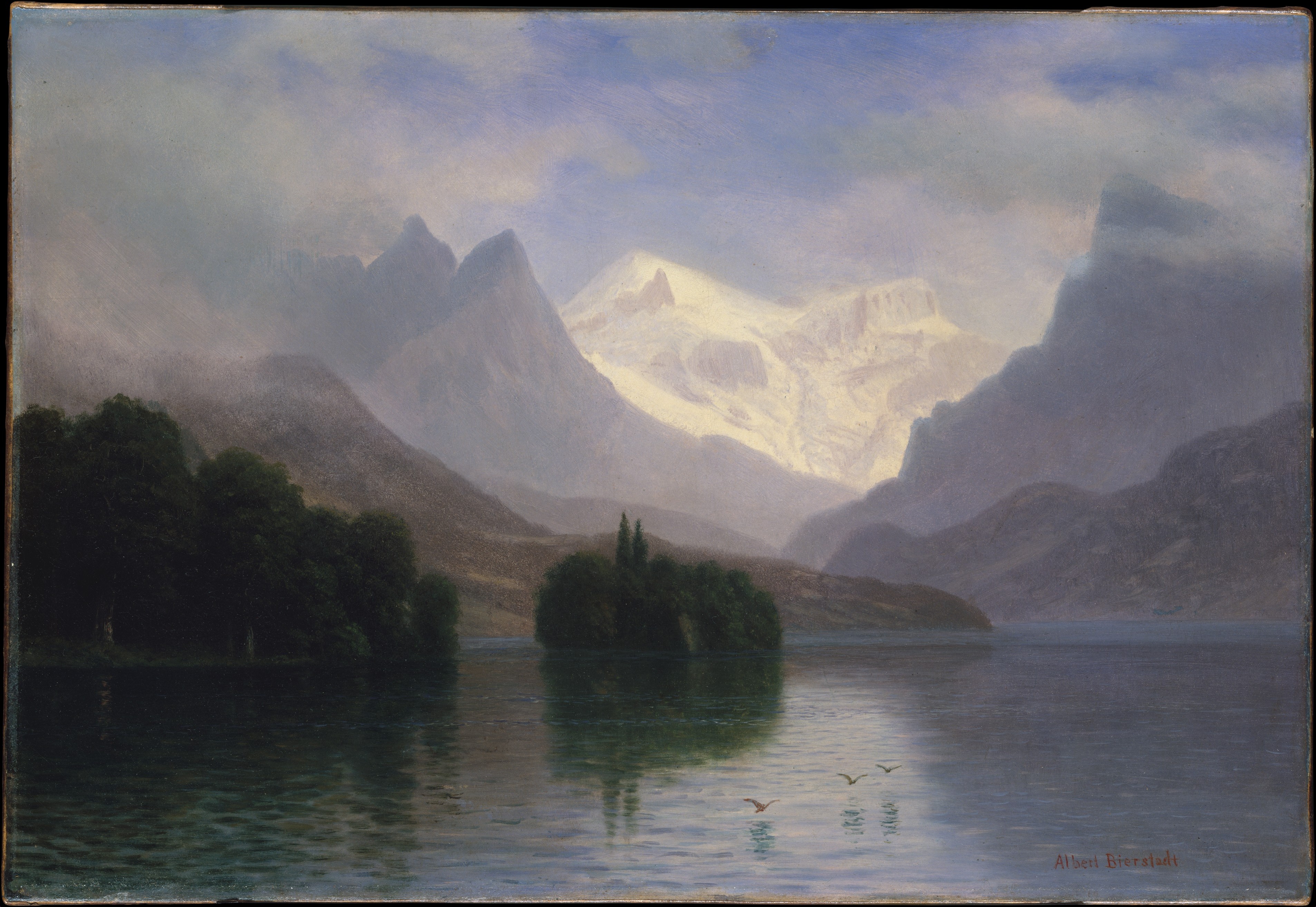It is often difficult to locate ourselves amidst the hustle and bustle of modern life. Urban life contextualizes itself within metal, concrete, and machine. Throughout the 20th century, artists explored the intersection between humanity and modernization. Some artists have raised concerns. Should we distance ourselves from modern life, and attempt to reconnect with something natural or primal? On the other hand, if we are completely lost to ourselves at this point do we become the machine or fade away? Other artists fully embrace the tides of progress. They are eager for what comes next, eager for what the future may hold.
In 1913 Boccioni and his fellow Futurists were enthralled with modernization. The old ways of doing things were mere shackles to a newer and brighter future. Nature seemed all but conquered with the rise of machinery. Cars and airplanes made fast travel possible, and the blurred image of an object racing by became a prominent motif for the Futurists. They were willing to sacrifice anything in the name of progress.
Our identity becomes an increasingly blurred image in the fast moving pace of modern life. Nevertheless, we are enchanted with the new. As a society we are fascinated by scientific progress. We unquestioningly embrace the newest iPhone. We instantly validate new social media platforms. My goal in this curation is to call the viewer to pause and consider the impact modern life has on the self. In consideration of history, what should the dynamic be between old and new? Should we resist the momentum of modernity or embrace it? Or should we locate ourselves somewhere in the tension between the old and the new?
Unique Forms of Continuity in Space, Umberto Boccioni, 1913 (cast 1931), Bronze, 231.1948.
Boccioni’s figure races past the viewer. We catch a glimpse of the figure as it rushes by, but don’t see it clearly. Here we see an example of the Futurist’s ideology-- inevitable, unstoppable progress. Boccioni uses a strong sense of geometry to abstract the figure, integrating human and mechanical forms. Boccioni was invigorated by progress, and remained unwaveringly optimistic about where it would take humanity. It is worth noting that this piece was completed only a year before WWI ravished Europe in 1914.
Torso in Metal from ‘The Rock Drill’, Sir Jacob Epstein, 1913-15, Bronze, Tate Britain.
Sir Epstein has concerns about how technology affects our identity as humans. The industrial elements have completely overtaken the figure, to the point that we may wonder whether we are looking at a human or a robot. It is worth noting that Sir Epstein began this sculpture before WWI, and finished in its midst. The Tate Britain's website notes that this piece was originally situated on a rock drill, but the artist cut it at the waist in response to the horrors of modern warfare. In what ways does the misuse of technology shape our identity?
Little French Girl (The First Step [III]), Constantin Brancusi, 1914-18, Oak on pine base, Solomon R. Guggenheim Museum.
With Little French Girl we take a step away from progress, and consider regress. Brancusi was inspired by African sculptures, and wants us to reconsider ourselves in light of a “primitive” visual language. He thematically distances the viewer from machinery and progress. Instead, he invokes child-likeness and the innocence of a first step. He also uses organic materials to strengthen the viewer’s connection with the natural and primitive. Is our identity better situated in primitive expressions?
Recumbent Figure, Henry Moore, 1938, Green Hornton stone, Tate Britain.
Moore’s work also connects the viewer back to themes of natural and primitive. He creates organic forms that coalesce into a figure. The reclining pose stands in stark contrast to the brisk stance of Unique Forms. This figure is completely at rest, content in being old and earthy. In Moore’s world the figure is not overwhelmed by machines, but morphs back into the landscape. As we situate ourselves between Unique Forms and Recumbent Figure are we identifying with the mechanical or the natural, or are we something in between?
Abstract Figure, Oskar Schlemmer, 1921, Bronze, Kröller-Müller Museum.
Schlemmer’s Abstract Figure is a return to the themes of Unique Forms. The steely color and forms that make up Abstract Figure visually connect it with manufactured objects. Schlemmer confidently reveals the human figure through highly geometric shapes. We might situate it somewhere between the organic and the mechanical. Kröller-Müller’s website highlights that Schlemmer's figure champions optimism about the future. Even after the devastation of WWI, Schlemmer would agree in many ways with Boccioni’s excitement about progress. Should we? Does Schlemmer’s optimism seem naive or profound in light of WWI’s horrors?
Walking Man II, Alberto Giacometti, 1960, Bronze, Kröller-Müller Museum.
With Walking Man II we look into the far off future Boccioni couldn’t see. Giacometti worked after both World Wars, inhabiting an entirely different cultural consciousness. The Walking Man II silently towers above us, progressing alone. He is faded, as if only a fragment or a memory of a former self. He is utterly fragile, and seems to crumble away as we stare. According to the Kröller-Müller’s website, Giacometti took inspiration from watching people commute in the city. Is Walking Man II and older, worn out, disenchanted Unique Forms? Has Unique Forms hurried gate slowed to a measured pace?















